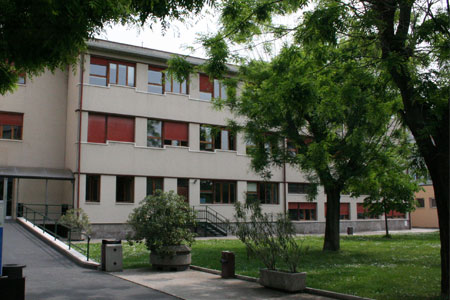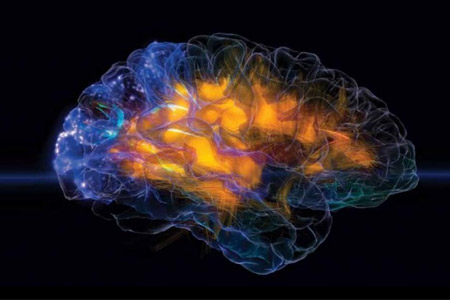- Autori:
-
Ahmetspahić, Adi; Janković, Dragan; Burazerovic, Eldin; Rovčanin, Bekir; Šahbaz, Amina; Hasanagić, Esma; Džurlić, Almir; Granov, Nermir; Feletti, Alberto
- Titolo:
-
Clinical characteristics of poor-grade aneurysmal subarachnoid hemorrhage treatment
- Anno:
-
2023
- Tipologia prodotto:
-
Articolo in Rivista
- Tipologia ANVUR:
- Articolo su rivista
- Lingua:
-
Inglese
- Formato:
-
A Stampa
- Referee:
-
Sì
- Nome rivista:
- ASIAN JOURNAL OF NEUROSURGERY
- ISSN Rivista:
- 1793-5482
- N° Volume:
-
18
- Numero o Fascicolo:
-
1
- Intervallo pagine:
-
132-138
- Parole chiave:
-
outcome; poor grade; subarachnoid hemorrhage; surgery; treatment
- Breve descrizione dei contenuti:
- Background: The initial clinical status after aneurysm rupture, whether primary or secondary, determines the final outcome. The most common cause of patient deterioration is a high Hunt and Hess (HH) score, which correlates closely with a high mortality rate. Poor-grade aneurysmal subarachnoid hemorrhage (SAH) is determined as an HH score 4 or 5. The aim of this study was to evaluate the clinical characteristics of poor graded aneurysmal SAH at our institution. Patients and Methods During the 5-year period, 415 patients with intracranial aneurysm were admitted to our institution. Patients with poor-grade aneurysmal SAH accounted 31.08% ( n = 132) of the total number of ruptured aneurysms. Interventional treatment was predominantly in the form of surgery, whereas conservative treatment included medication and external ventricular drainage. Final outcome was assessed with a modified Rankin score (mRs). Statistical analysis was performed using SPSS version 23.0 with a significance level set to 5% (α = 0.05). Results The majority of patients (57.6%) were in the age range from 51 to 69 years. Twenty-five patients (18.9%) had an HH score of 4, whereas 107 patients (81.1%) had an HH score of 5. Depending on the location, the majority of patients ( n = 43) had an aneurysm on the medial cerebral artery (MCA). The final aneurysm occlusion was performed in 71 patients, of whom 94.36% were treated surgically. A positive outcome (mRs 0-4) was found in 49.25% of patients who underwent primarily surgical, treatment with a mortality of 42.3%. Although the outcome was better in patients with an HH score 4, both groups benefited from surgical treatment. Conclusion Poor-grade aneurismal SAH is a condition of the middle and older age, with most patients with an HH 5 score and deep comatose state. There was better outcome in patients with an HH score of 4 compared to an HH score of 5 and both groups benefited from surgical treatment, which resulted in a positive outcome in almost 50% of surgically treated patients.
- Pagina Web:
-
https://doi.org/10.1055/s-0043-1764118
- Id prodotto:
-
133310
- Handle IRIS:
-
11562/1091746
- ultima modifica:
-
16 aprile 2023
- Citazione bibliografica:
-
Ahmetspahić, Adi; Janković, Dragan; Burazerovic, Eldin; Rovčanin, Bekir; Šahbaz, Amina; Hasanagić, Esma; Džurlić, Almir; Granov, Nermir; Feletti, Alberto,
Clinical characteristics of poor-grade aneurysmal subarachnoid hemorrhage treatment
«ASIAN JOURNAL OF NEUROSURGERY»
, vol.
18
, n.
1
,
2023
,
pp. 132-138
Consulta la scheda completa presente nel
repository istituzionale della Ricerca di Ateneo 








